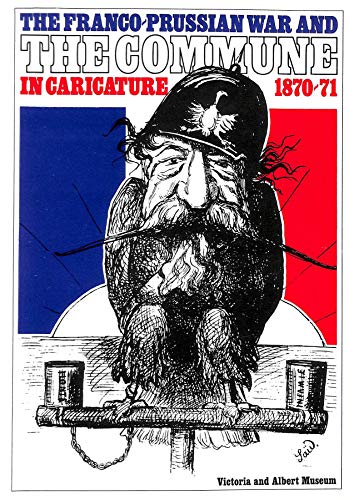
Art and the French Commune
by Albert Boime
"Imagining Paris after War and Revolution"
Popularity
3.27 / 5
* A book's popularity is determined by how it compares to all other books on this website.
Where to buy?
Buy from Amazon* If you buy this book through the link above, we may receive a small commission at no extra cost to you.
Art and the French Commune by Albert Boime
Details
War:
Franco-Prussian War
Perspective:
Civilian
True Story:
Yes
Biography:
No
Region:
Europe
Page Count:
250
Published Date:
2022
ISBN13:
9780691239705
Description
Brief Summary (no spoilers)
Albert Boime's Art and the French Commune explores the intricate relationship between the rise of Impressionism and the political climate of France during the late 19th century. The book underscores how the art movement was not just an aesthetic revolution but was deeply intertwined with the socio-political upheavals following the Commune of 1871. Boime argues that the Impressionists played a role in visually reclaiming Paris for the bourgeoisie, aligning with efforts to restore the city to its previous state after the turmoil.
Main Themes and Topics
The central theme of Art and the French Commune is the interplay between art and politics during a transformative period in French history. Boime delves into how Impressionism emerged as a response to and a reflection on the socio-political environment, particularly the aftermath of the Paris Commune of 1871. The book examines the deliberate attempts to erase the memory of socialist ideologies through cultural and artistic expressions. It highlights how the organized Impressionist movement aligned itself with the state's objectives to reconstruct Paris, erasing the visual and ideological remnants of the Commune.
Writing Style and Tone
Albert Boime adopts an analytical and scholarly tone throughout the book, which is richly documented and illustrated to support his thesis. His writing is compelling and challenges readers to reconsider the conventional narratives surrounding the rise of modernism in art. Boime's approach is methodical, providing a comprehensive exploration of the political underpinnings of Impressionism. This makes the book an engaging read for those interested in art history and political science.
Criticism
While Art and the French Commune is widely regarded for its insightful analysis and rigorous research, some critics argue that Boime's emphasis on political motivations might overshadow other factors that contributed to the evolution of Impressionism. There is an ongoing debate about the extent to which political climates should be seen as a primary driver in the development of art movements, and Boime's book firmly places politics at the forefront.


